Home>Furniture & Design>Interior Design Trends>What Does Tempered Glass Look Like
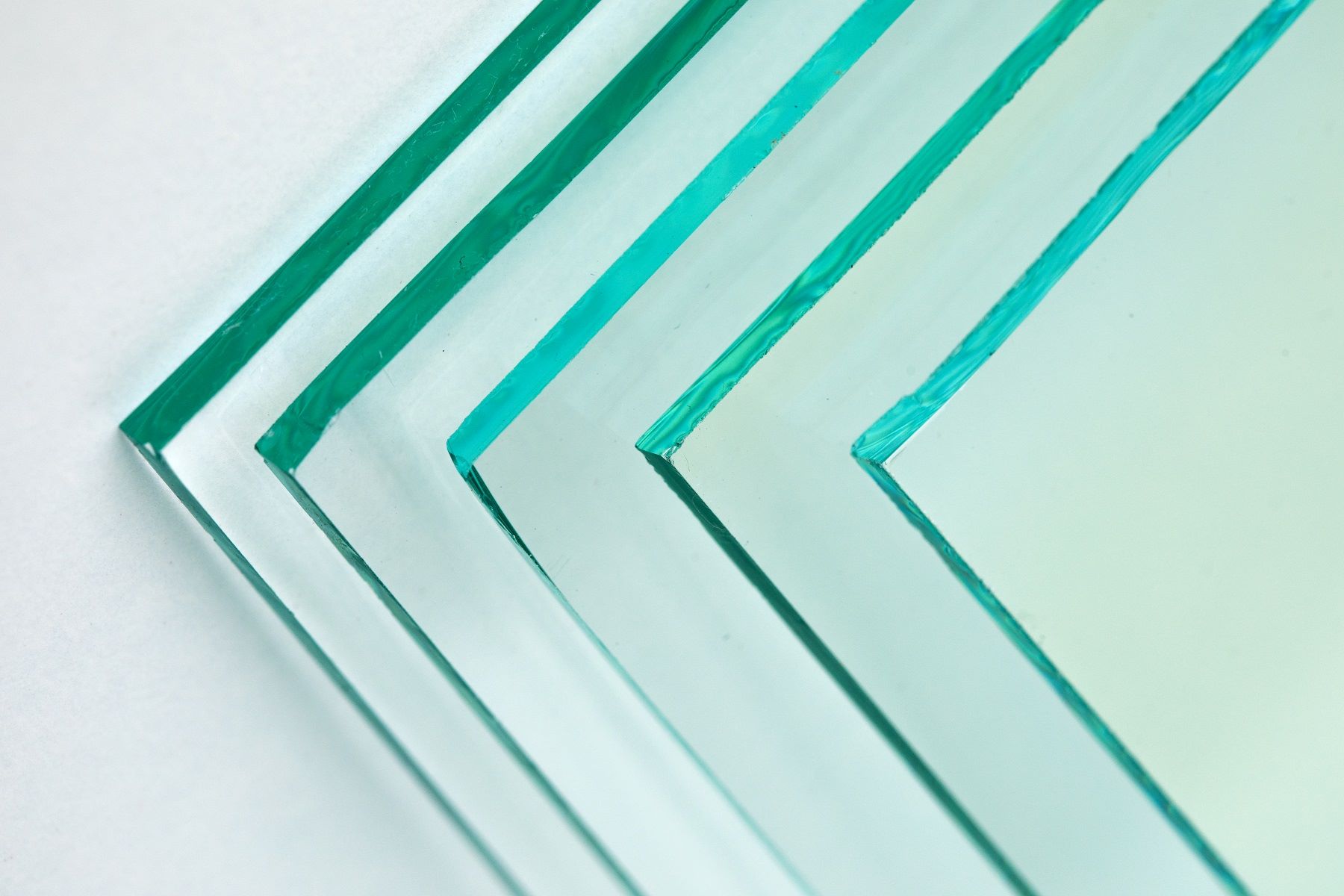

Interior Design Trends
What Does Tempered Glass Look Like
Modified: February 18, 2024
Discover the latest interior design trends with tempered glass, and find out what it looks like in modern homes. Explore the beauty and functionality of tempered glass in contemporary interior design.
(Many of the links in this article redirect to a specific reviewed product. Your purchase of these products through affiliate links helps to generate commission for Storables.com, at no extra cost. Learn more)
Characteristics of Tempered Glass
Tempered glass, also known as toughened glass, is a type of safety glass that is processed through controlled thermal or chemical treatments to enhance its strength and durability. This specialized treatment results in several distinctive characteristics that set tempered glass apart from standard glass materials.
-
Strength and Durability: One of the most notable characteristics of tempered glass is its exceptional strength. It is approximately four times stronger than regular glass, making it highly resistant to impact and bending forces. This strength is attributed to the tempering process, which induces internal stresses that enable the glass to withstand greater external pressure.
-
Safety Features: Tempered glass is designed with safety in mind. In the event of breakage, tempered glass shatters into small, granular pieces instead of sharp, jagged shards. This minimizes the risk of serious injury, making it an ideal choice for applications where safety is paramount, such as in shower enclosures, glass doors, and automotive windows.
-
Heat Resistance: Another characteristic of tempered glass is its ability to withstand high temperatures. The tempering process increases the glass's thermal resistance, making it suitable for use in environments with elevated heat levels, such as kitchen backsplashes and oven doors.
-
Scratch Resistance: Tempered glass exhibits enhanced scratch resistance compared to untreated glass. This property makes it well-suited for use in furniture, tabletops, and electronic devices, where durability and longevity are essential.
-
Uniformity: Tempered glass is known for its uniformity in thickness and flatness. This consistency is achieved during the tempering process, resulting in glass panels with minimal variations in surface characteristics.
-
Application Versatility: Due to its exceptional strength and safety features, tempered glass finds widespread application in various industries, including construction, automotive, and consumer electronics. It is utilized in architectural glazing, display screens, mobile devices, and numerous other products that benefit from its robust properties.
In summary, the characteristics of tempered glass, including its strength, safety features, heat resistance, scratch resistance, uniformity, and application versatility, make it a highly sought-after material for a diverse range of functional and aesthetic purposes.
Key Takeaways:
- Tempered glass is super strong, shatters into tiny pieces for safety, and can handle high heat. It’s perfect for things like shower doors and kitchen backsplashes!
- Tempered glass looks smooth and clear, comes in different colors, and can have cool textures. It’s great for making spaces look open and stylish.
Read more: What Does A Champagne Glass Look Like
Appearance of Tempered Glass
The appearance of tempered glass is characterized by a distinct combination of visual qualities that contribute to its allure and functionality. When observing tempered glass, one of the most striking features is its smooth and polished surface. This attribute is a result of the tempering process, which involves rapid cooling of the glass after it has been heated to high temperatures. As a result, tempered glass exhibits a pristine, glossy finish that enhances its aesthetic appeal and lends a touch of sophistication to any application.
In addition to its smooth surface, tempered glass possesses exceptional clarity and transparency. This transparency allows light to pass through the glass unhindered, creating an open and airy ambiance in interior spaces. Whether used in architectural glazing, furniture, or decorative accents, the transparent nature of tempered glass adds a sense of spaciousness and elegance to the environment.
Furthermore, the edges of tempered glass contribute to its overall appearance. Unlike standard glass, which often has sharp edges, tempered glass features smooth, rounded edges that not only enhance its visual appeal but also reduce the risk of accidental cuts or injuries. This characteristic is particularly advantageous in applications where safety is a priority, such as in glass tabletops, shelves, and shower enclosures.
Another notable aspect of the appearance of tempered glass is its ability to complement various design styles. Whether incorporated into modern, minimalist interiors or traditional, ornate settings, tempered glass seamlessly integrates with diverse aesthetics, adding a touch of refinement and versatility to any space. Its timeless appeal and adaptability make it a favored choice among designers and homeowners seeking to elevate the visual impact of their surroundings.
Moreover, tempered glass is available in a range of thicknesses, allowing for customization to suit specific design requirements. Whether utilized as a structural element in architectural facades or as a decorative accent in lighting fixtures, the thickness of tempered glass can be tailored to achieve the desired visual effect, further enhancing its aesthetic versatility.
In summary, the appearance of tempered glass is characterized by its smooth and polished surface, exceptional clarity and transparency, smooth edges, compatibility with various design styles, and customizable thickness. These visual attributes make tempered glass a highly desirable material for enhancing the aesthetic appeal of interior and exterior spaces, while also delivering on practicality and safety.
Texture of Tempered Glass
The texture of tempered glass is a captivating aspect that adds depth and visual interest to this versatile material. When examining tempered glass, one immediately notices its smooth and sleek texture, which is a result of the tempering process. During this process, the glass is rapidly heated and then rapidly cooled, inducing internal stresses that enhance its strength and durability. This rapid cooling phase is crucial in determining the unique texture of tempered glass, as it results in a surface that is notably smoother and more uniform than that of untreated glass.
In addition to its smooth texture, tempered glass exhibits a distinct lack of imperfections, such as bubbles, waves, or distortions, further enhancing its visual appeal. This flawlessness is a testament to the precision and quality control measures employed during the tempering process, ensuring that the resulting glass panels possess a pristine and consistent texture.
Furthermore, the texture of tempered glass contributes to its tactile appeal, as it offers a satisfyingly smooth and cool sensation to the touch. Whether used in architectural applications, furniture, or decorative elements, the tactile experience of tempered glass adds a sensory dimension to its overall allure, inviting interaction and engagement.
Moreover, the texture of tempered glass plays a significant role in light transmission and diffusion. Its smooth surface allows light to pass through unhindered, creating a sense of transparency and openness in interior spaces. This property is particularly advantageous in architectural glazing, where the texture of tempered glass facilitates the entry of natural light while maintaining a sleek and unobtrusive appearance.
Additionally, the texture of tempered glass can be further enhanced through various finishing techniques, such as etching or sandblasting, to achieve custom patterns or designs. These textural enhancements not only add visual interest but also provide functional benefits, such as privacy or glare reduction, making tempered glass a versatile choice for a wide range of applications.
In summary, the texture of tempered glass is characterized by its smooth and uniform surface, lack of imperfections, tactile appeal, light transmission properties, and potential for customized textural enhancements. These textural attributes contribute to the overall allure and functionality of tempered glass, making it a favored material for architects, designers, and homeowners seeking to elevate the visual and tactile experience of their environments.
Tempered glass looks similar to regular glass but has a smoother surface and is stronger. When it breaks, it shatters into small, round pieces instead of sharp, jagged shards.
Transparency of Tempered Glass
The transparency of tempered glass is a defining characteristic that sets it apart as a versatile and visually captivating material. When considering the transparency of tempered glass, one is immediately struck by its remarkable clarity and light-transmitting properties. Unlike traditional glass, tempered glass possesses exceptional transparency, allowing light to pass through with minimal distortion or obstruction. This inherent clarity creates an open and airy ambiance in interior spaces, making it an ideal choice for architectural glazing, partitions, and decorative elements.
The process of tempering plays a pivotal role in enhancing the transparency of glass. Through controlled thermal or chemical treatments, tempered glass undergoes a transformation that not only strengthens its structure but also optimizes its optical properties. As a result, tempered glass exhibits minimal internal blemishes or imperfections, ensuring that light passes through unhindered, illuminating the surrounding environment with a sense of clarity and brilliance.
Furthermore, the transparency of tempered glass contributes to the seamless integration of natural light into interior spaces. Whether utilized in windows, doors, or skylights, tempered glass allows for unobstructed views and an abundance of natural light, creating a connection to the outdoors while maintaining a sleek and modern aesthetic. This transparency also fosters a sense of spaciousness and openness, making it an invaluable asset in architectural design and interior decor.
In addition to its visual appeal, the transparency of tempered glass offers practical benefits, particularly in applications where visibility and safety are paramount. In commercial settings, such as retail storefronts or office partitions, the transparency of tempered glass provides unobstructed views, enhancing visibility and security. Moreover, in residential environments, the use of tempered glass in balustrades, staircases, and shower enclosures ensures that spaces feel open and unencumbered, while also meeting safety standards.
The versatility of tempered glass transparency extends to its ability to complement various design styles and aesthetics. Whether incorporated into contemporary, minimalist interiors or traditional, ornate settings, the transparency of tempered glass seamlessly integrates with diverse design sensibilities, adding a touch of sophistication and luminosity to any space.
In summary, the transparency of tempered glass is characterized by its exceptional clarity, light-transmitting properties, seamless integration of natural light, practical benefits, and aesthetic versatility. These attributes underscore the indispensable role of tempered glass in enhancing the visual appeal and functionality of architectural and interior design, making it a favored choice for professionals and enthusiasts alike.
Color Options for Tempered Glass
The color options for tempered glass encompass a diverse spectrum of hues and finishes, offering designers and homeowners a wealth of possibilities to infuse spaces with vibrancy, sophistication, and visual intrigue. While traditional glass is inherently transparent, tempered glass can be customized to exhibit a range of captivating colors, adding a layer of personalization and artistic expression to architectural and interior design.
One of the most popular color options for tempered glass is clear, which retains the material's inherent transparency while enhancing its structural integrity and safety features. Clear tempered glass is favored for its ability to create an open and unobstructed aesthetic, allowing natural light to permeate spaces and accentuate the surrounding decor. This timeless option is well-suited for applications where maintaining a sense of spaciousness and clarity is paramount, such as in glass partitions, doors, and balustrades.
In addition to clear glass, designers and homeowners can explore a myriad of tinted options to introduce subtle or bold color variations to their environments. Tinted tempered glass is available in an array of hues, including bronze, gray, blue, and green, each offering distinct visual effects and ambiance. Bronze-tinted tempered glass exudes warmth and sophistication, making it an excellent choice for creating a cozy and inviting atmosphere in residential and commercial settings. On the other hand, gray-tinted tempered glass imparts a modern and sleek aesthetic, ideal for contemporary interiors seeking a touch of understated elegance.
For those seeking to make a bold design statement, vibrant colored tempered glass provides an exciting avenue for creative expression. From striking reds and yellows to serene blues and greens, colored tempered glass opens up endless possibilities for adding personality and character to architectural features, decorative panels, and artistic installations. The use of colored tempered glass allows for the integration of custom branding, thematic elements, and artistic motifs, making it a versatile medium for infusing spaces with individuality and visual impact.
Beyond solid colors, textured and frosted options further expand the repertoire of tempered glass color choices. Textured tempered glass introduces captivating patterns and visual depth, adding a tactile and visual dimension to surfaces while maintaining the material's inherent strength and safety properties. Frosted tempered glass, with its translucent and diffused appearance, offers privacy and softens light transmission, making it an ideal choice for partitions, doors, and decorative accents where a touch of subtlety and elegance is desired.
In summary, the color options for tempered glass encompass a rich tapestry of clear, tinted, vibrant, textured, and frosted variations, each offering unique opportunities for enhancing the aesthetic appeal and functionality of architectural and interior spaces. Whether seeking to create a seamless and open ambiance with clear glass or infuse spaces with color and texture through tinted and textured options, tempered glass provides a versatile canvas for realizing design visions and elevating the visual impact of any environment.
Frequently Asked Questions about What Does Tempered Glass Look Like
Was this page helpful?
At Storables.com, we guarantee accurate and reliable information. Our content, validated by Expert Board Contributors, is crafted following stringent Editorial Policies. We're committed to providing you with well-researched, expert-backed insights for all your informational needs.
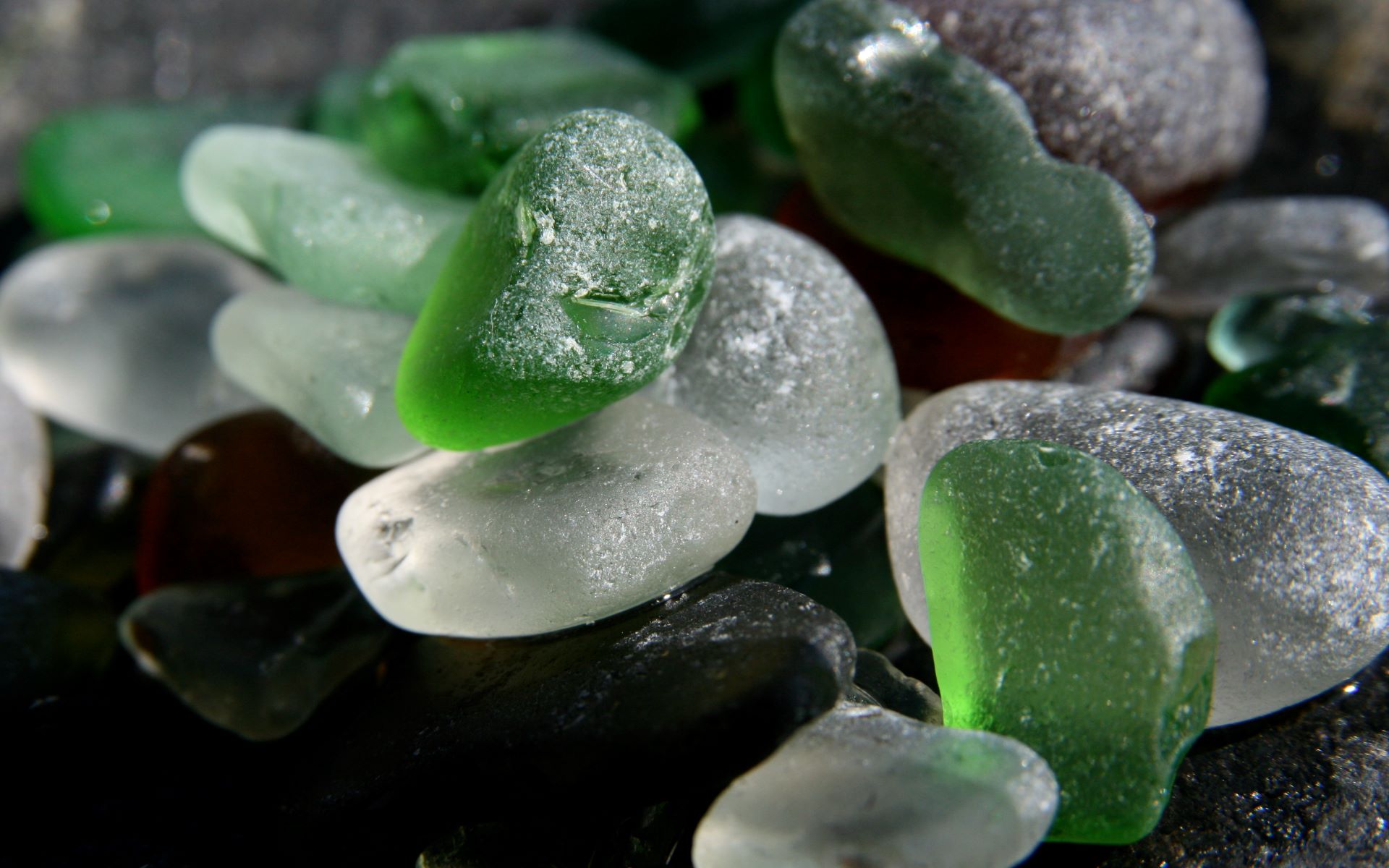



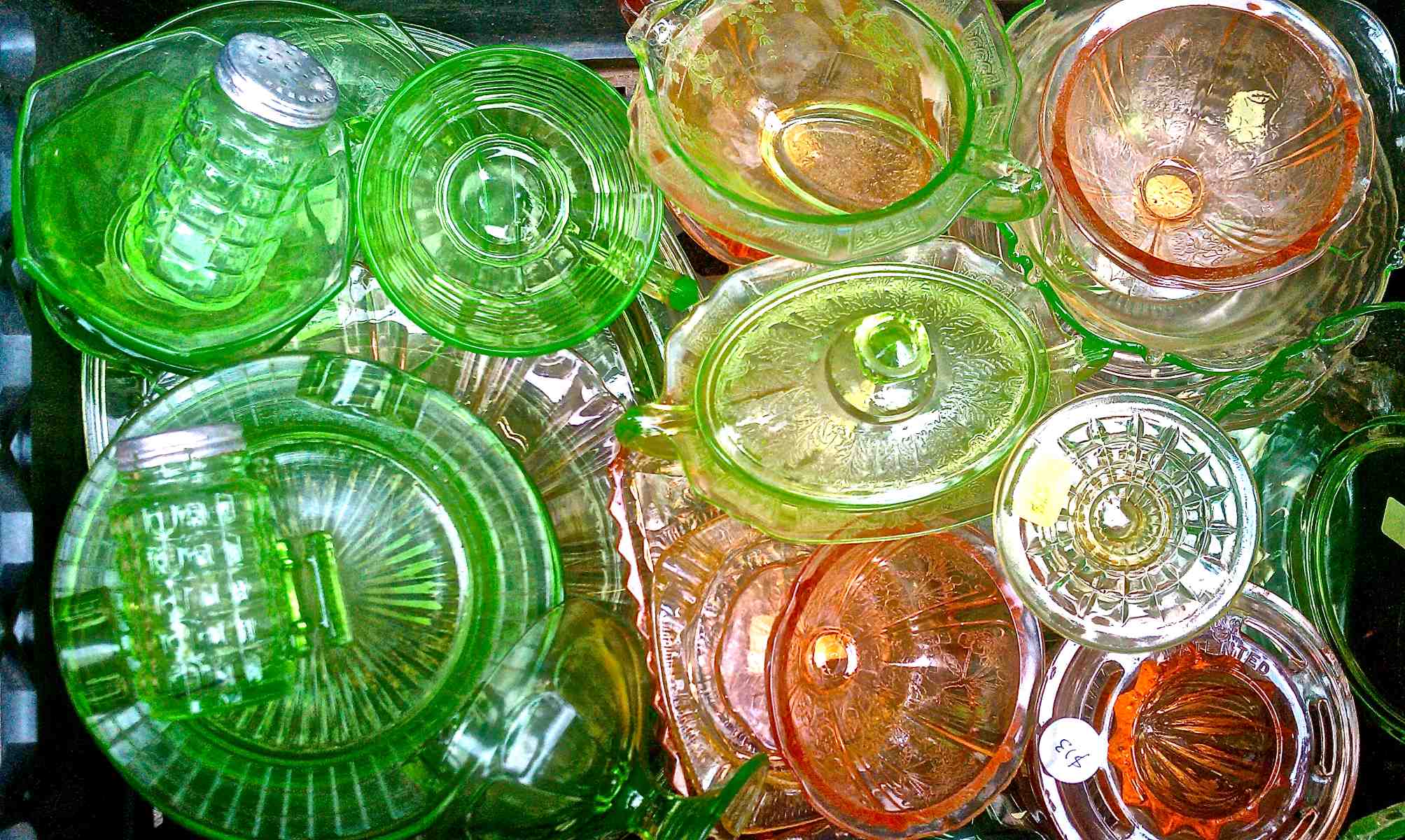
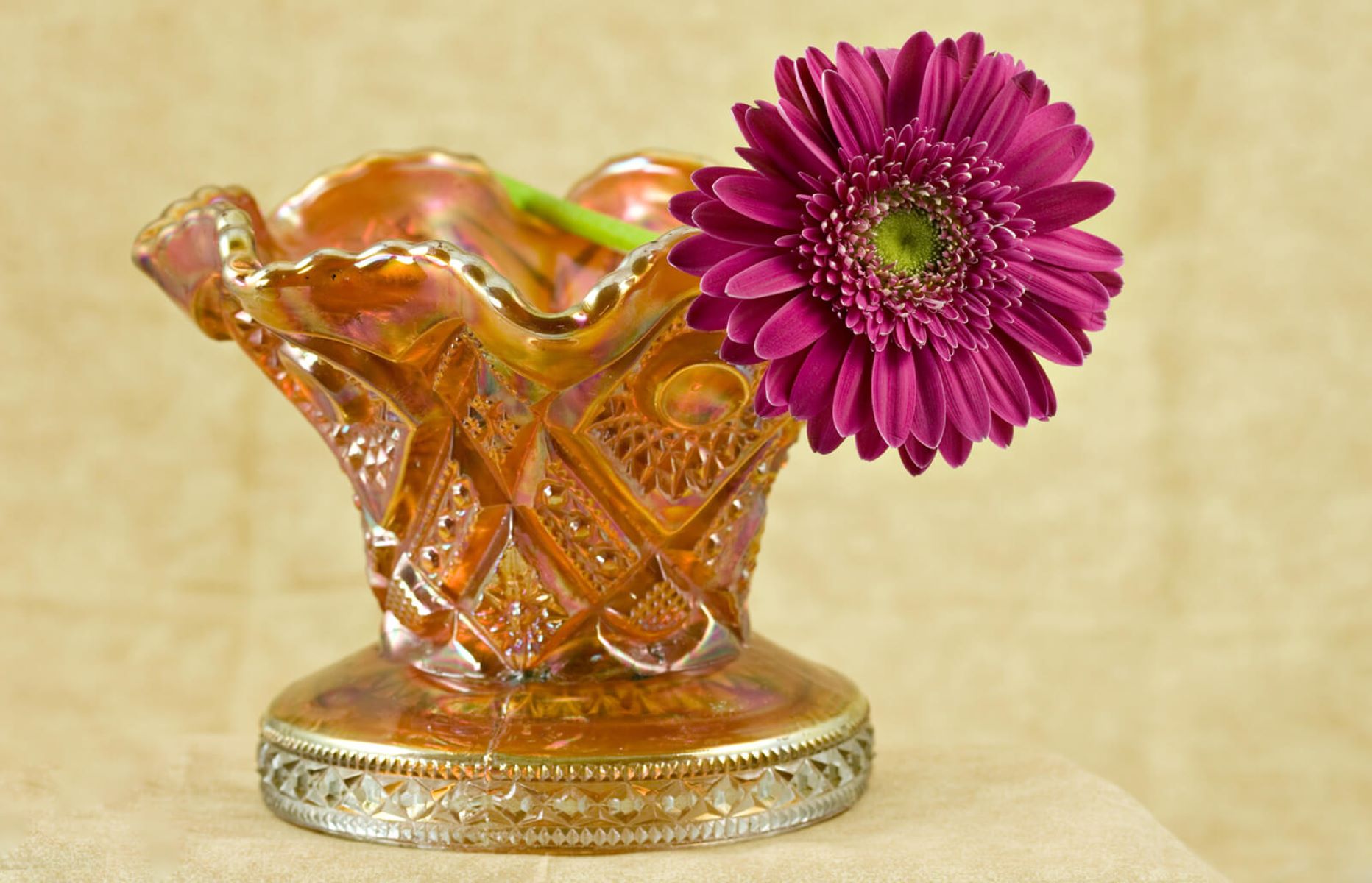
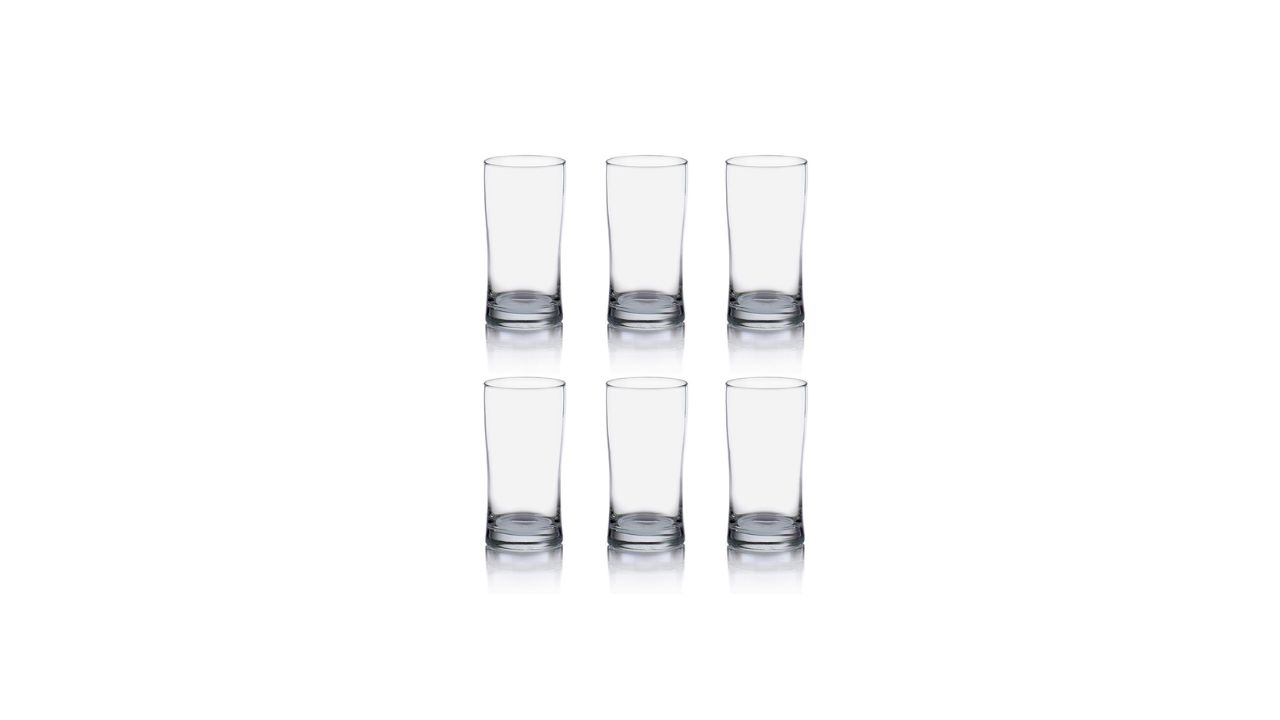
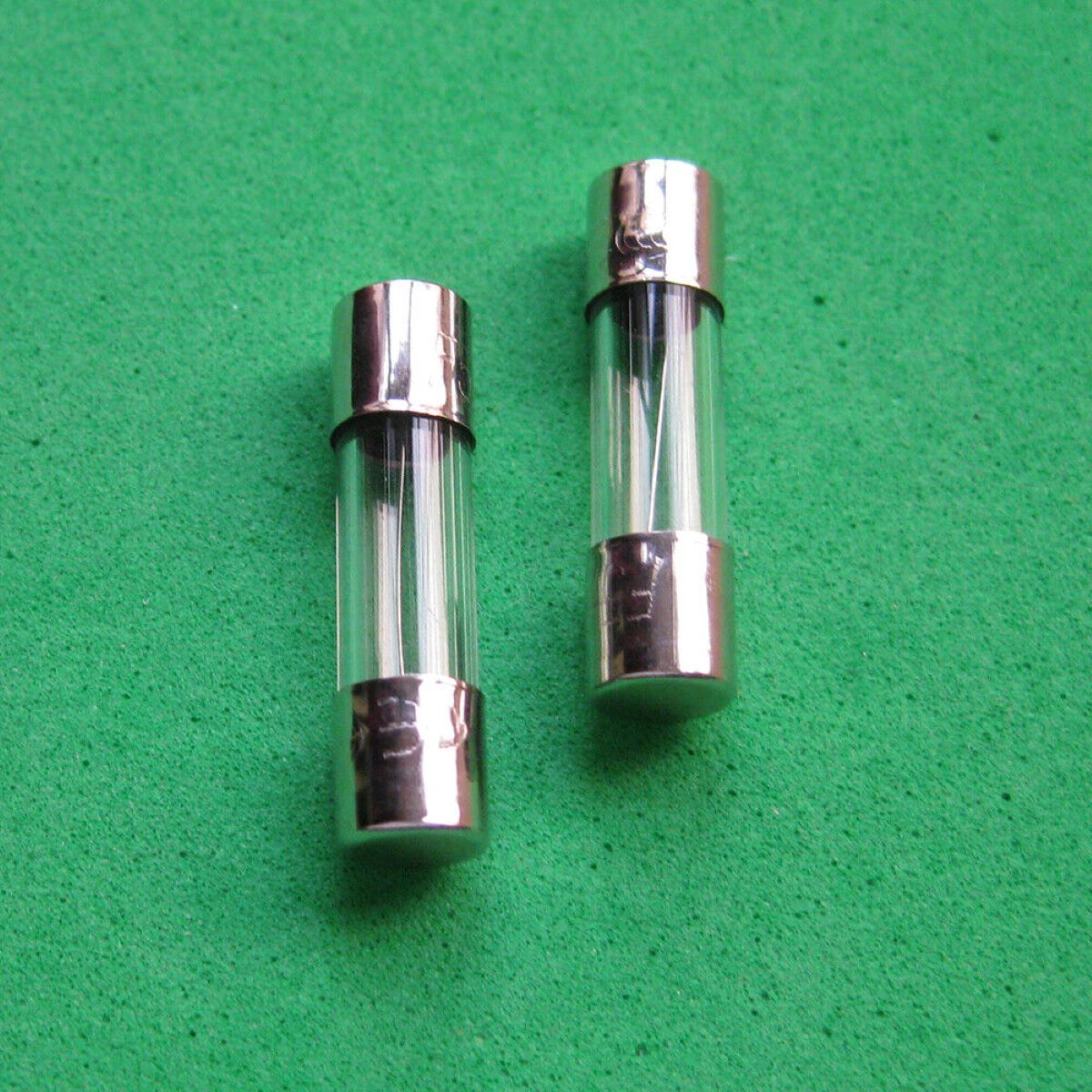

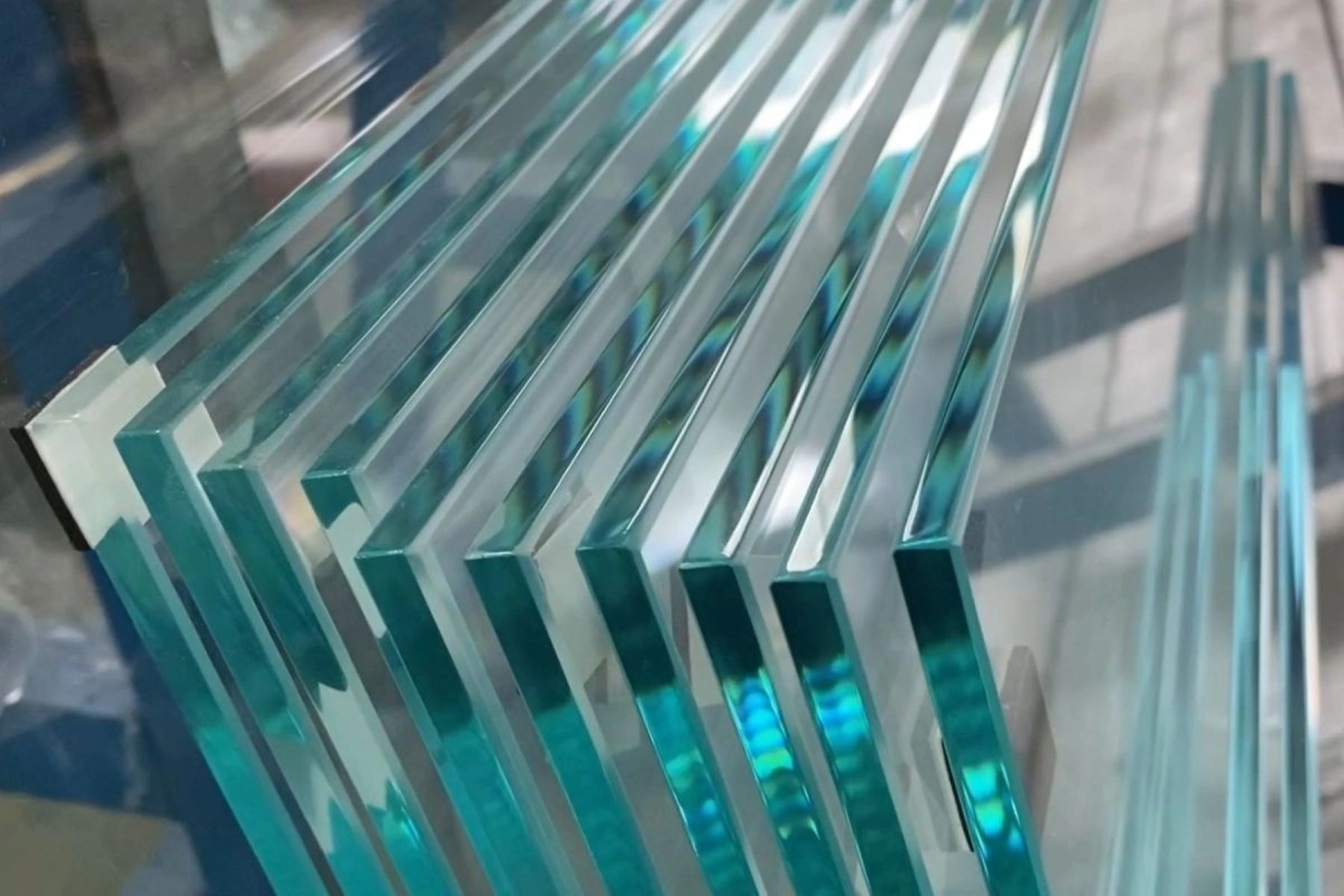
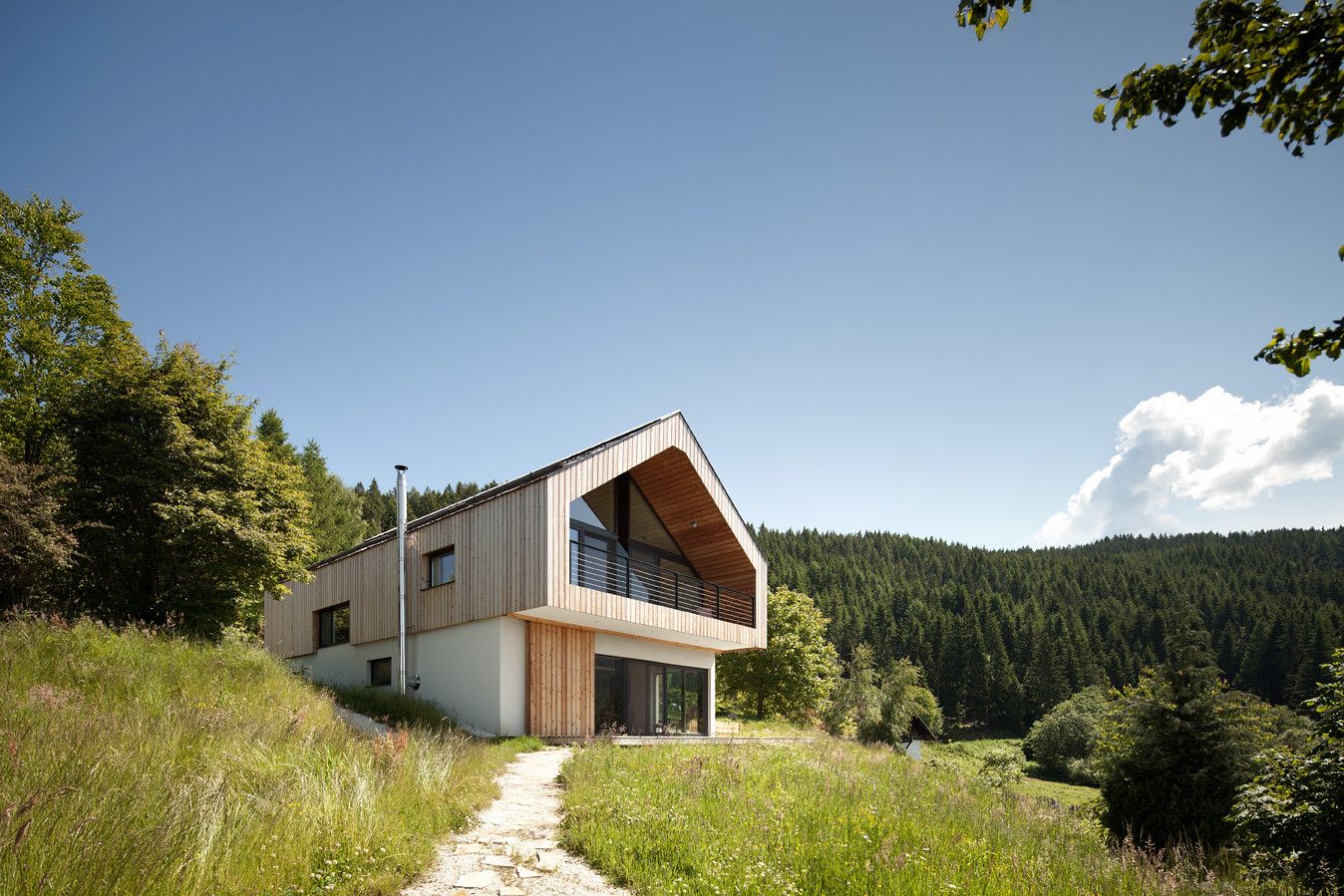
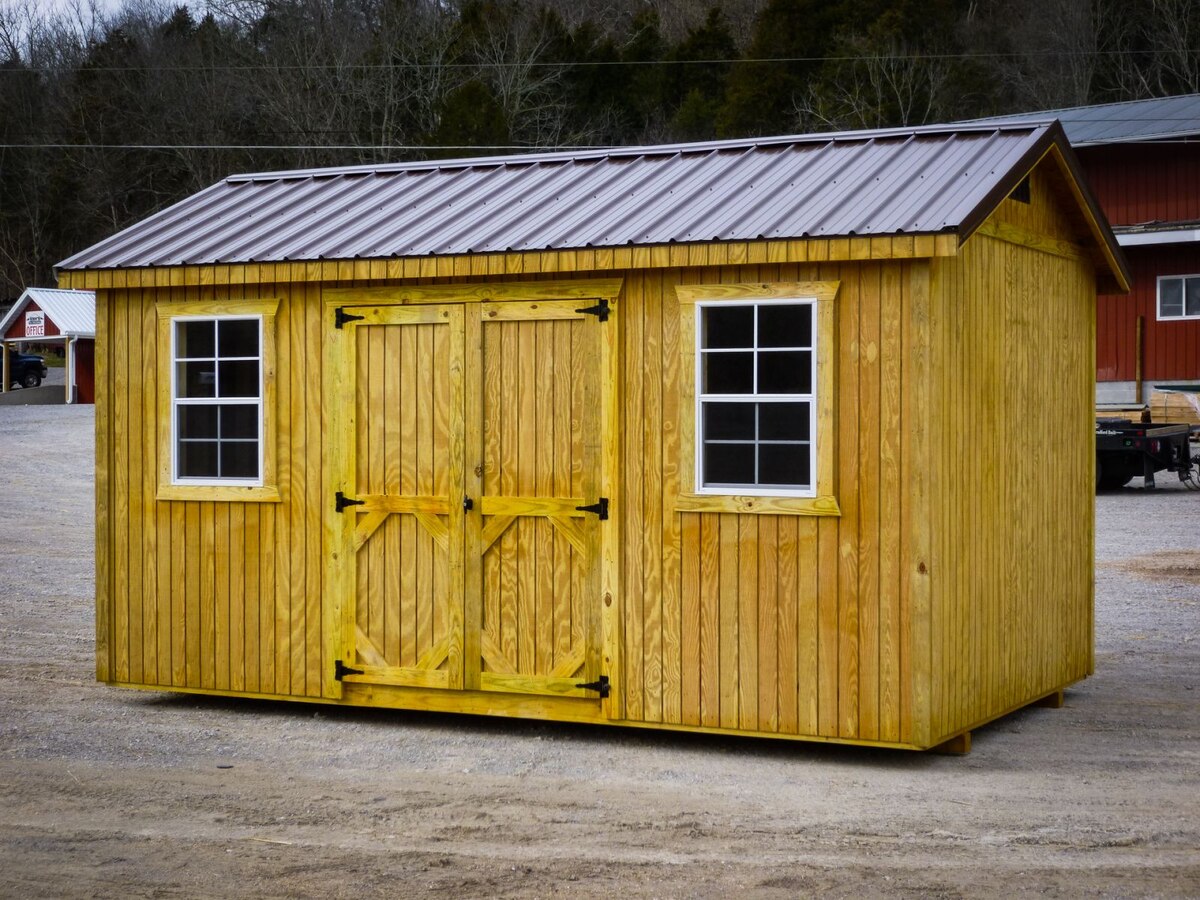
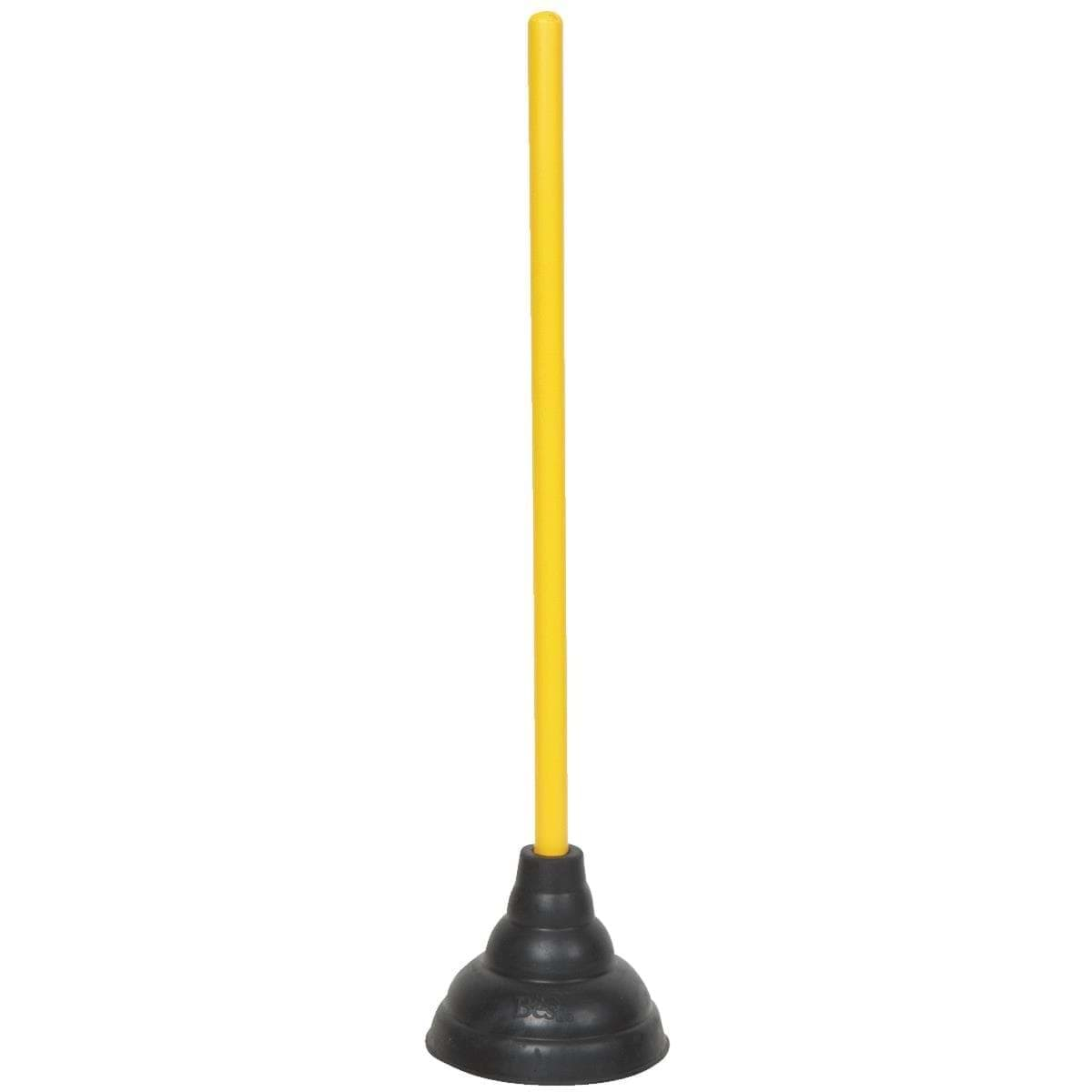

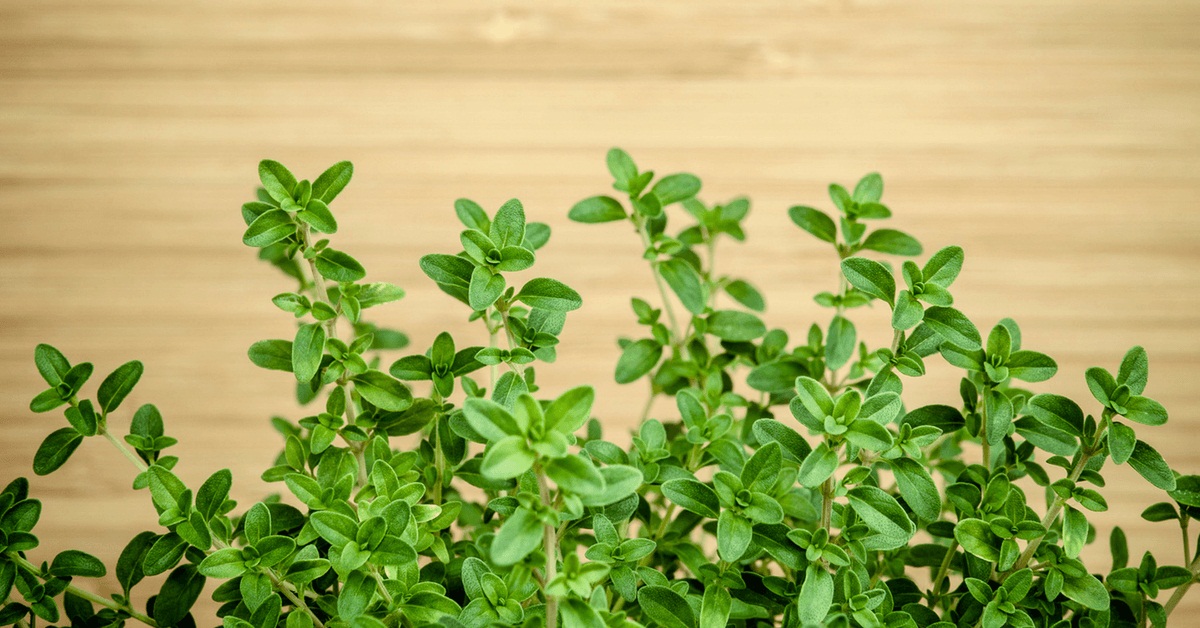

0 thoughts on “What Does Tempered Glass Look Like”